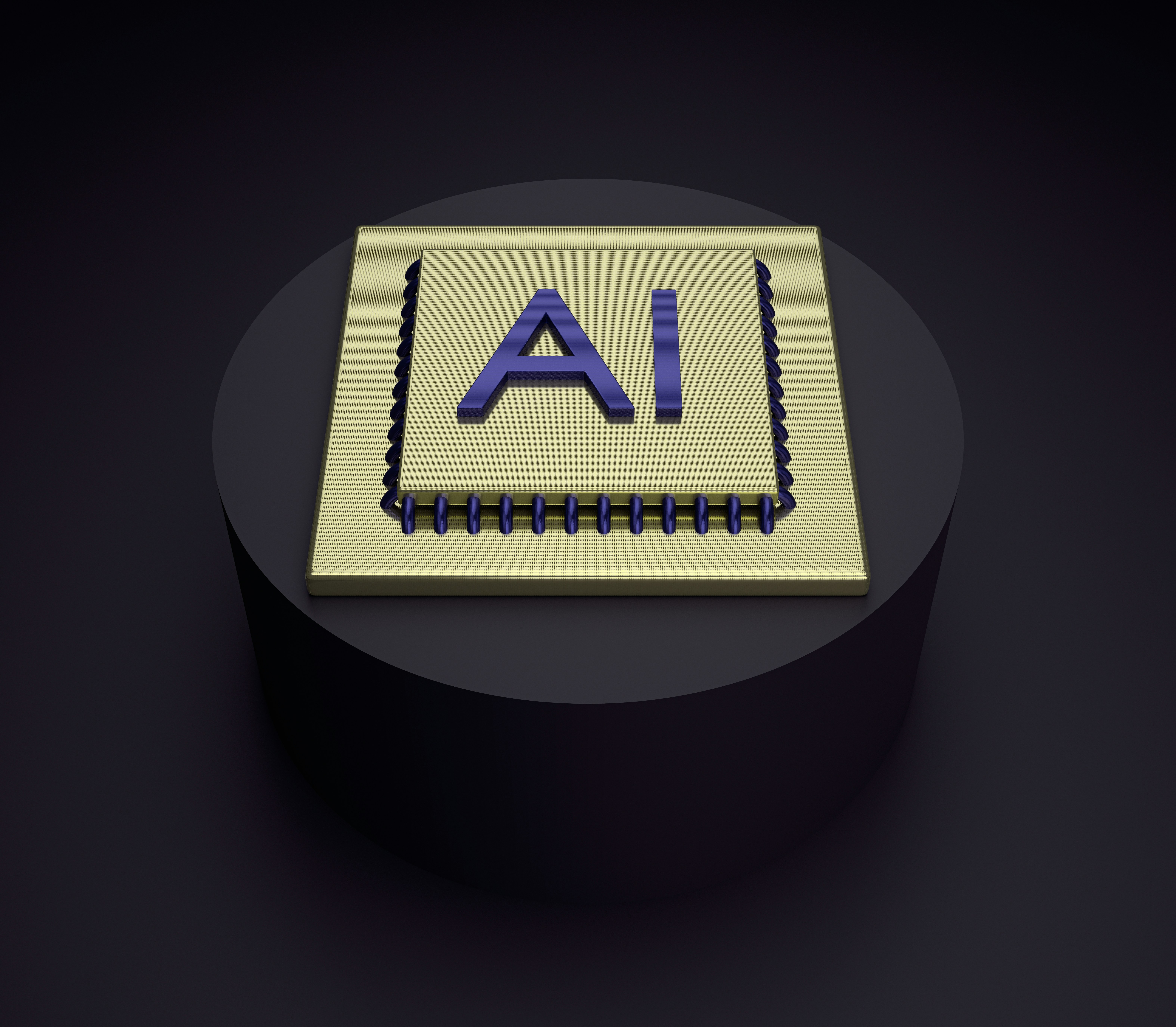1.On-the-job Training and Lectures
The two most often used kinds of training are on-the-job training and lectures, although little research exists as to the effectiveness of either. It’s usually unattainable to teach somebody everything she needs to know at a location away from the workplace. Thus on-the-job training typically supplements other kinds of training, e.g., classroom or off-site training; but on-the-job training is incessantly the only form of training. It’s normally informal, which means, sadly, that the trainer does not concentrate on the training as a lot as she should, and the trainer could not have a well-articulated image of what the novice needs to learn.
On-the-job training isn’t profitable when used to avoid growing a training program, although it could be an efficient part of a well-coordinated training program.
Lectures are used because of their low cost and their capacity to succeed in many people. Lectures, which use one-way communication versus interactive learning methods, are much criticized as a training device.
2. Programmed Instruction (PI)
These gadgets systematically current data to the learner and elicit a response; they use reinforcement ideas to promote appropriate responses. When PI was initially developed within the 1950s, it was thought to be useful only for fundamental subjects. Immediately the tactic is used for skills as diverse as air visitors control, blueprint reading, and the evaluation of tax returns.
3. Computer-Assisted Instruction (CAI)
With CAI, students can learn at their own tempo, as with PI. Because the student interacts with the computer, it is believed by many to be a more dynamic learning device. Instructional options could be quickly selected to suit the student’s capabilities, and efficiency may be monitored continuously. As instruction proceeds, data are gathered for monitoring and improving performance.
4. Audiovisual Techniques
Each television and film prolong the range of skills that may be taught and the way info may be presented. Many systems have electronic blackboards and slide projection equipment. Using strategies that combine audiovisual systems resembling closed circuit television and telephones has spawned a new term for this type of training, teletraining. The function on ” Sesame Street ” illustrates the design and evaluation of considered one of television’s favorite children’s program as a training device.
5. Simulations
Training simulations replicate the essential traits of the real world which are essential to produce each learning and the switch of new knowledge and skills to application settings. Both machine and other types of simulators exist. Machine simulators usually have substantial degrees of. physical fidelity; that’s, they represent the real world’s operational equipment. The principle objective of simulation, nevertheless, is to produce psychological fidelity, that’s, to reproduce within the training those processes that will probably be required on the job. We simulate for a number of reasons, including to control the training atmosphere, for safety, to introduce feedback and different learning ideas, and to reduce cost.
6. Enterprise games
They are the direct progeny of war games which have been used to train officers in combat methods for hundreds of years. Virtually all early business games were designed to show primary enterprise skills, but more current games also embody interpersonal skills. Monopoly is perhaps considered the quintessential business game for young capitalists. It’s probably the first place kids learned the words mortgage, taxes, and go to jail.
If you cherished this report and you would like to obtain much more details pertaining to Tailored Training Brisbane kindly go to the webpage.




































